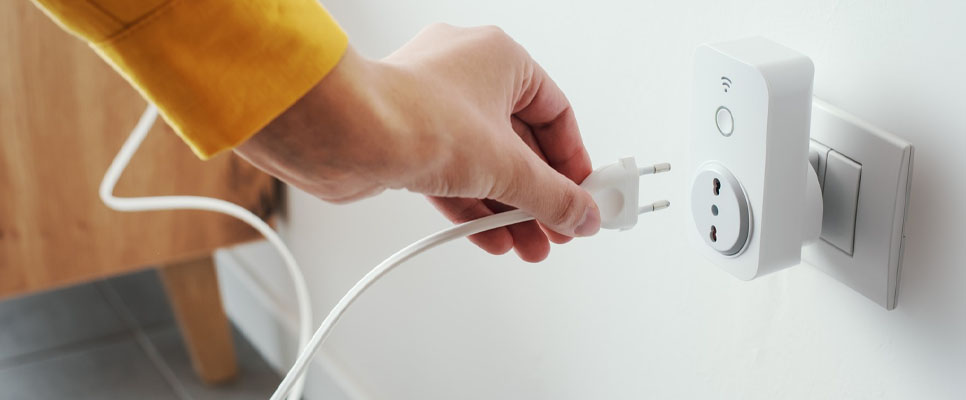
Modern living relies on smart plugs and lights, products advertised as essential updates in fresh technology. Are these devices reliable, or are they just collecting dust after being purchased? Let's set aside the hype and see if these tools make things easier for you or more complicated.
What Are Smart Plugs and Lights?
Before examining the advantages of mobile devices, it is essential to understand how they work. Smart plugs and lights convert everyday appliances and lights into connected devices. Here’s a simple breakdown:
- Smart Plugs: Tiny adapters you insert into outlets that aren’t smart. Using an app, your voice, or schedules, you can turn appliances (such as a lamp or coffee maker) on and off from anywhere.
- Bright Lights: Light bulbs or fixtures that you can turn on, off, or change the brightness or color of from your phone.
- There’s no need to rewire anything; place it, connect to the internet, and use your phone to manage it.
The Benefits: Why People Love Them
Many people argue that smart plugs and lights are both easy to use and efficient. Here’s what makes them so appealing:
- You also save energy: Use a schedule to turn off lights when you’re away and let your home disconnect power to small energy vampires, such as chargers, when not in use, helping to lower your electricity bill.
- Control your devices with your voice (great for kitchen chores) or remotely (so you can turn on the lights before you even arrive home).
- Scenes Make It Easier: Schedule scenes to brew your morning coffee and gradually increase the brightness.
- Helps families with mobility problems or those who are busy.
- Safety: Make your home seem occupied while you’re gone by controlling the lights remotely.
Despite their perks, smart plugs and lights aren’t flawless. Here are common pain points:
- Specific home networks are not simple; they involve setting up extra apps, working on Wi-Fi or fixing internet problems.
- The initial cost of installing solar panels on the entire house adds up quickly.
- Control over your home is tied to the network, so if the Internet connection is lost, some features may not work.
- Sometimes Devices Don’t Play Nice: Devices with older wiring may not work well with voice assistants.
- Gimmicky features: Often, automation results in many tools you never actually use, such as color-changing lights.
Are They Worth It? Making the Decision
So, should you buy into the hype? It depends on your lifestyle and priorities. Consider these factors:
- Your Goals: Prioritize devices that address your specific needs. For those interested in saving energy or automating their life, start with little things.
- Don’t purchase the whole set; start with a few individual bulbs or test a connector. Look for sales but avoid cheap, unreliable options.
- Handling Tech: Trouble-free or easy-to-use gadgets are vital to you, allowing you to avoid problems.
- Realistic Use Cases: Focus on practical wins:
- Smart plugs for holiday decorations or space heaters.
- Sensors for rooms that are used often (for example, beside your bed).
Reducing waste? The energy features that indicate how much energy is being saved also make this app valuable.
You might find that smart plugs and lights are great, as long as they’re what you’re looking for. For individuals focused on technology or time-saving, these solutions offer tangible benefits and can help save money. For others, these solutions may seem over-engineered. Pick one gadget to use for a while and keep adding new ones only when they improve things. Being labeled “smart” isn’t meaningful if it doesn't make your job simpler. Final Tip: Focus on functionality over flair. An automatic smart plug, even a simple one, is far more helpful than a flashy disco-lit bulb you won’t use very often.